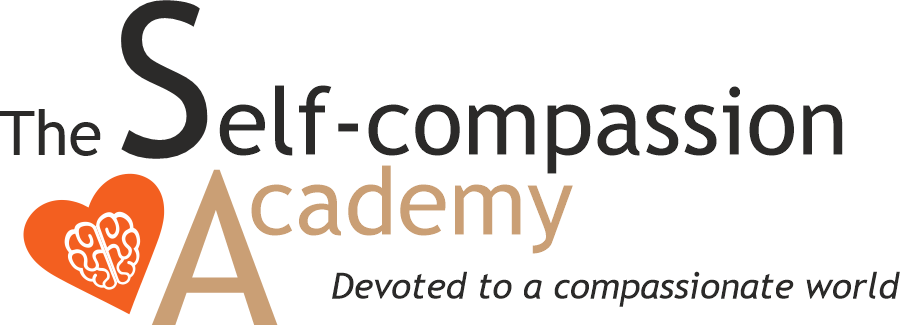There are days when life feels like too much. Your inbox is overflowing, your mind won’t stop racing, and even your own breath feels one step ahead of you. How do you find your way back to yourself? The answer isn’t to push harder, it’s to ground. Not to escape, but to ground in your body. In the now. But how exactly does that work? What grounding techniques can help? And why is it so easy to lose that sense of ground in the first place?
What exactly is grounding?
Grounding is the practice of anchoring yourself in the present moment, especially when your mind is racing or your emotions feel too big to handle. It’s like a psychological reset button that reconnects you with your body, breath, and immediate surroundings.
Rather than spiraling into worry, panic, or distraction, grounding helps you return to a sense of inner steadiness. Mindfulness-based approaches often describe grounding as “coming home to the body.”
In moments of stress, we tend to dissociate or become lost in thought. Grounding practices gently pull us back, creating a pause. As psychologist and self-compassion researcher Chris Germer writes in his book The Mindful Path to Self-Compassion: “Pain is inevitable; suffering is optional.”
What is an example of grounding yourself?
Imagine you’re walking into a stressful situation, whether it’s a meeting at work, a conflict with a loved one, or receiving unexpected bad news. Your heart is pounding, your brain is racing ahead to worst-case scenarios.
But then you pause, feel your feet pressing into the ground, take a slow breath, and notice the rise and fall of your chest. You silently say to yourself: This is hard, and I can meet it with kindness.
That’s grounding.
“Pain is inevitable; suffering is optional.” – Chris Germer
Why is it so hard to stay grounded?
Because our world moves fast, and our minds move even faster. From breaking news to buzzing phones to internal and external pressures, we are rarely invited to pause.
On top of that, our nervous system is hardwired to scan for danger. A trait that kept our ancestors alive, but today often results in chronic overstimulation.
According to research, emotional distress and reactivity increase when people feel disconnected from their bodily sensations. Without grounding, we’re more likely to react on autopilot, which results in snapping, shutting down, or ruminating.
“Being grounded 24/7 is an impossible standard.” – Mila de Koning
Certified mindfulness teacher and founder of The Self-Compassion Academy Mila de Koning says the challenge is not in staying calm all the time. It’s in finding your way back to yourself, again and again.
Mila explains: “It’s important to note that you don’t have to stay grounded 24/7. That’s an impossible standard and also not needed. Life is messy, the world is overstimulating, and your nervous system isn’t broken if you feel overwhelmed. It’s doing exactly what it was designed to do: protect you.”
What helps is building small, repeatable rituals that bring you back to your body, she advices.
Which grounding techniques can help?
Grounding doesn’t have to mean 20 minutes of meditation. Think of it as micro-moments of returning to yourself. Here are some gentle, evidence-based grounding techniques to start:
- Feel your feet on the ground. The quickest way to return to your body. Notice the weight, the pressure, the contact of your feet on the ground. This simple act activates the parasympathetic nervous system: your body’s natural calming response.
- Name what you’re feeling. Research shows that labeling emotions (“I’m feeling anxious” or “This is overwhelming for me”) can reduce their intensity by engaging the brain’s prefrontal cortex, which helps with regulation.
- Engage your senses. Look around and name five things you can see, four you can feel, three you can hear, two you can smell, one you can taste. This classic grounding technique pulls you out of your head and into this moment.
In the end, grounding isn’t about being unshakeable. It’s about returning (again and again) to what’s here, what’s real, and what you need. Mila suggests: “Sometimes it’s choosing one thing to focus on instead of five.”
Attention is finite. Give it direction.
Read more: 5 mindful exercises for more self-compassion
Photo by: Anastasiya Badun on Unsplash







